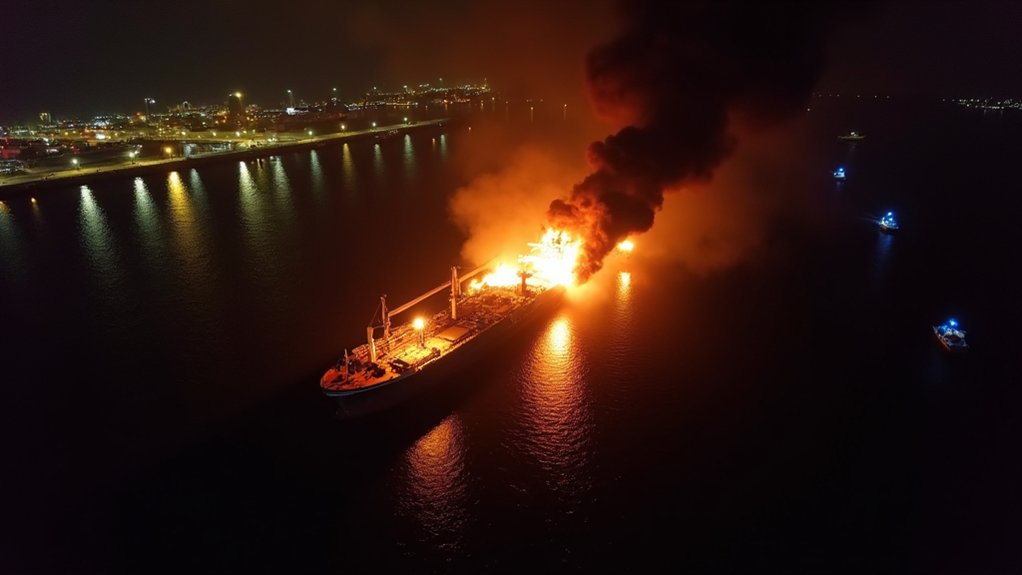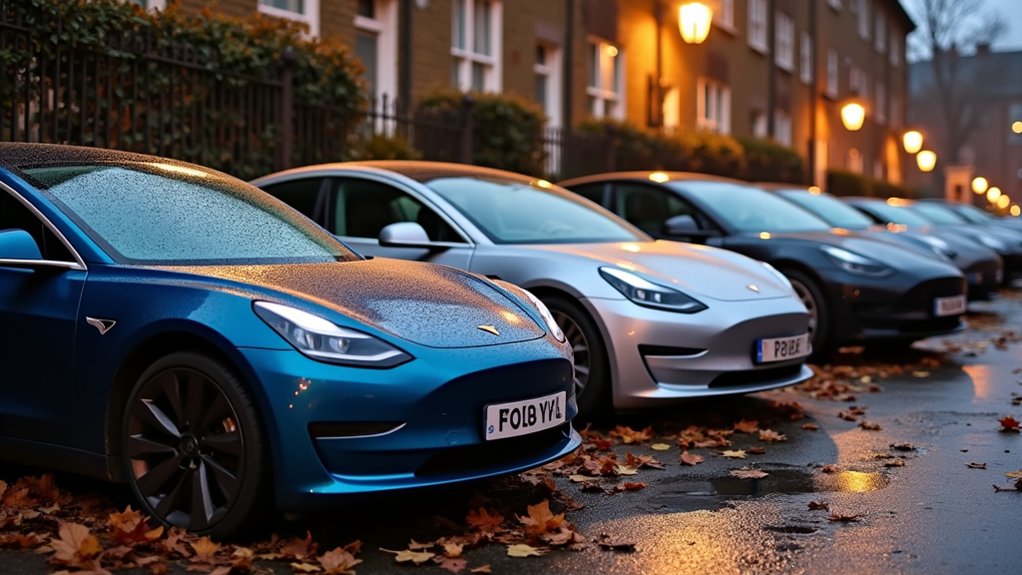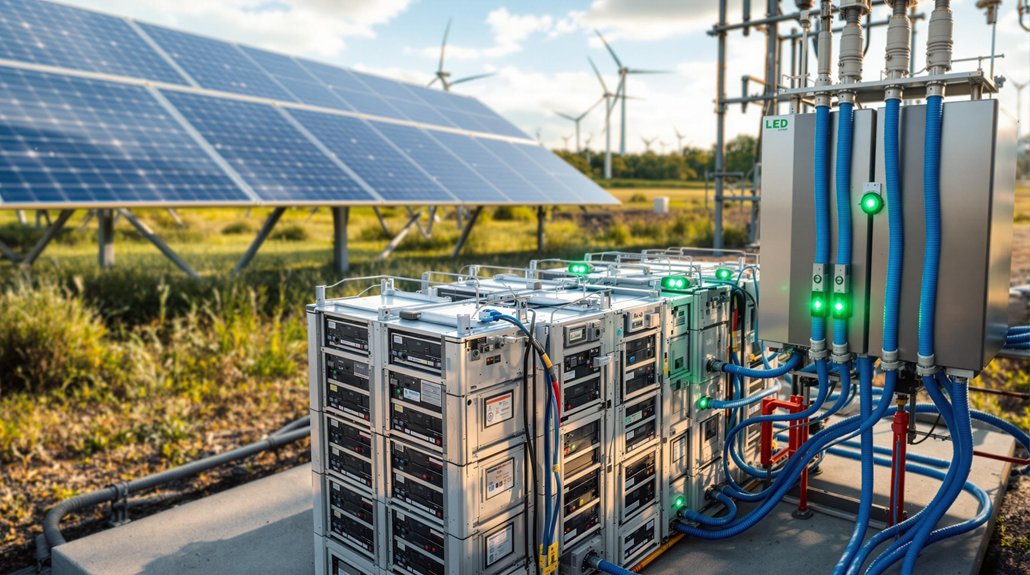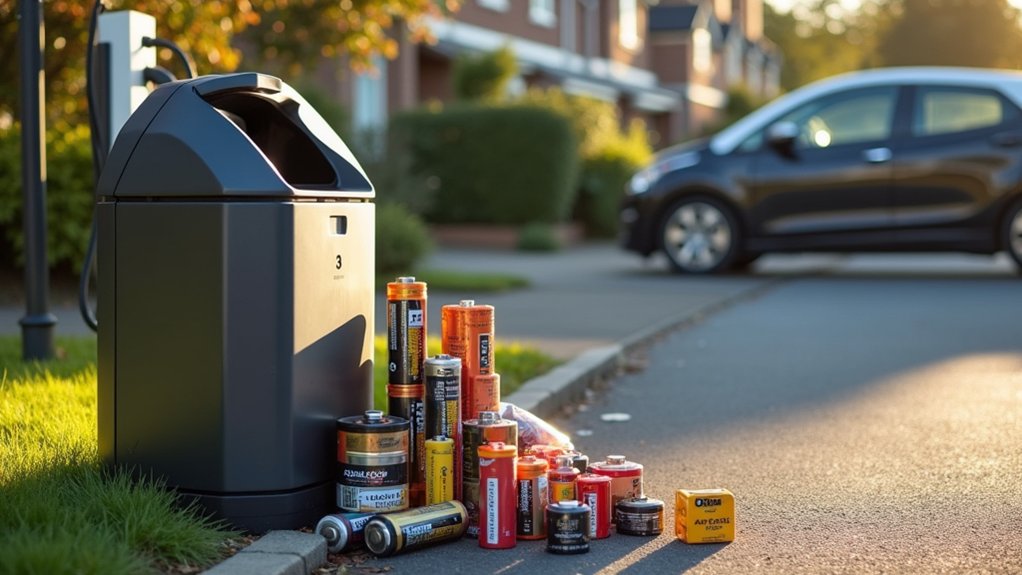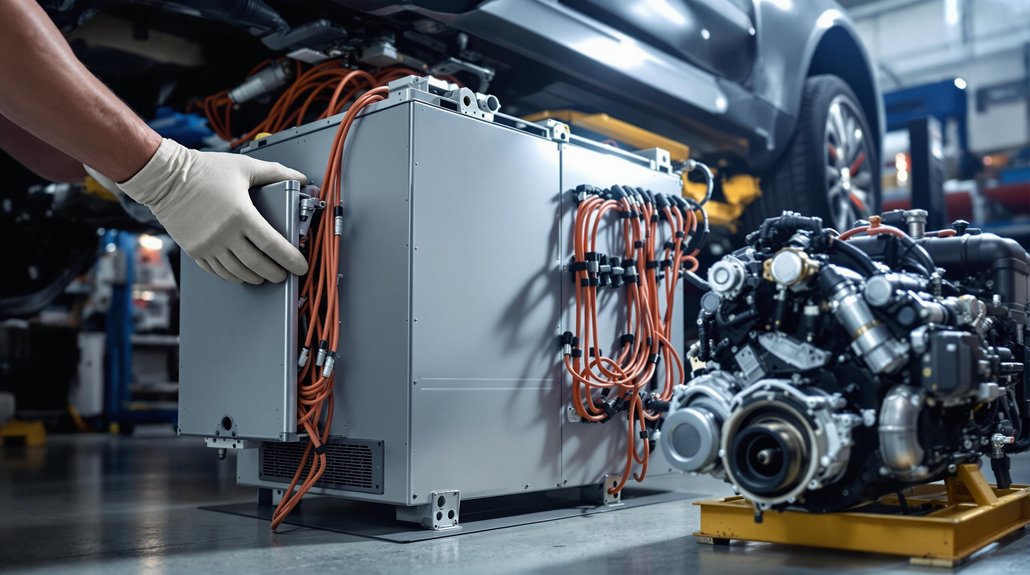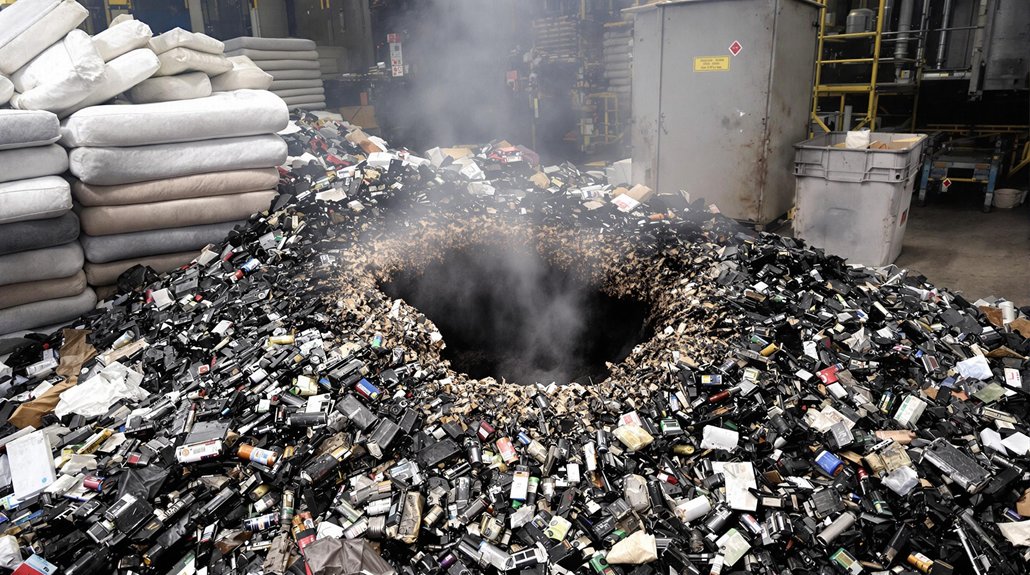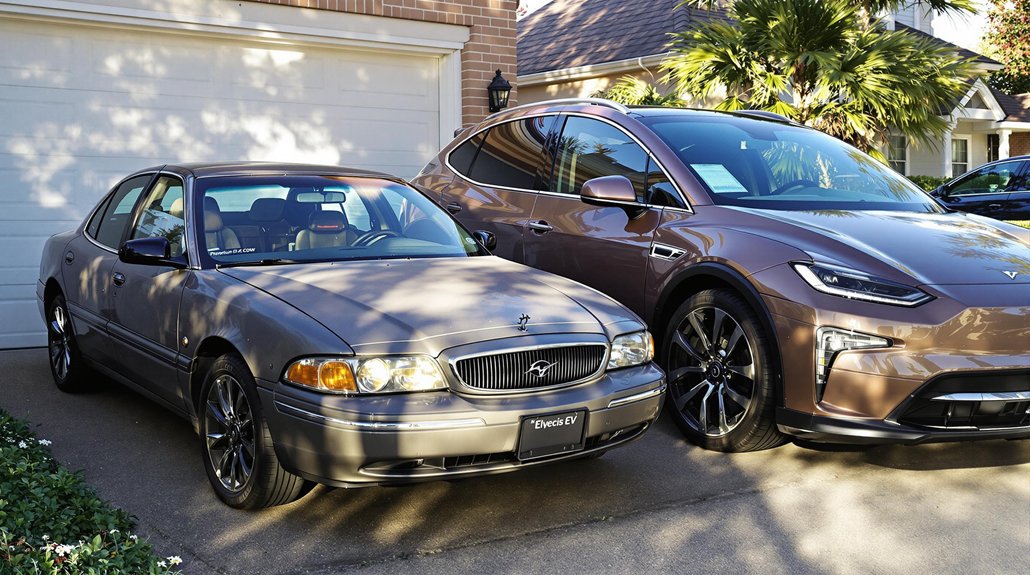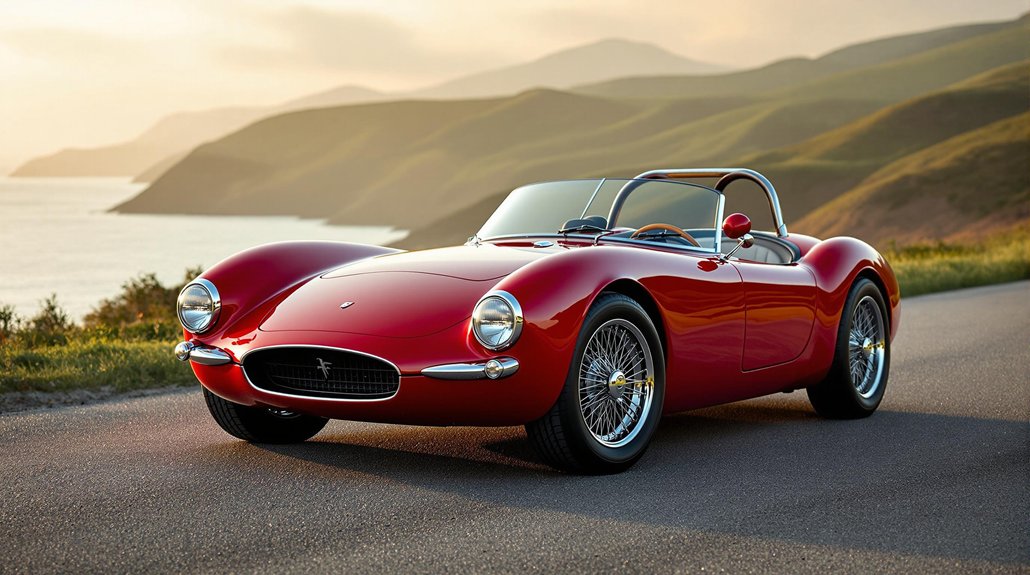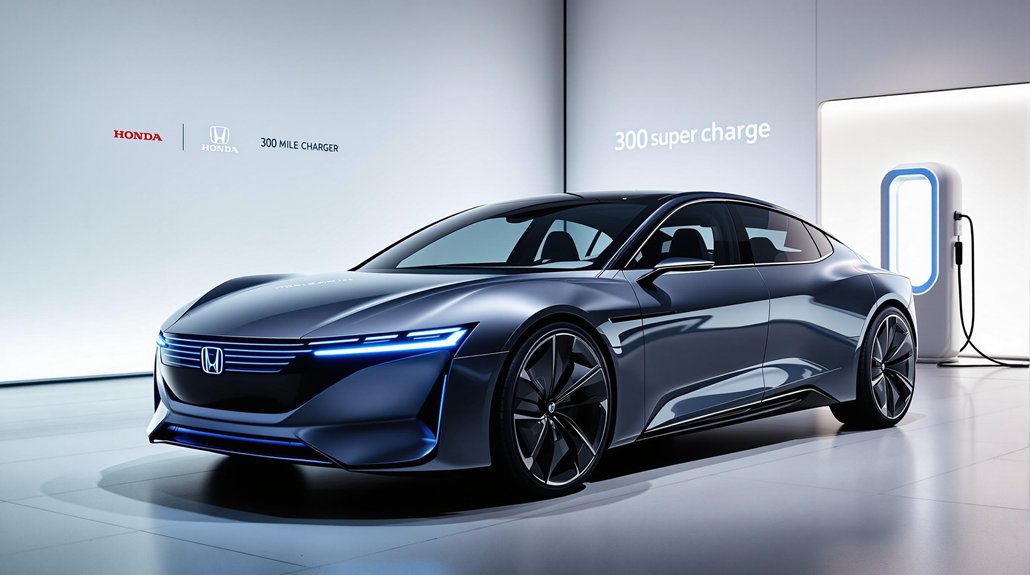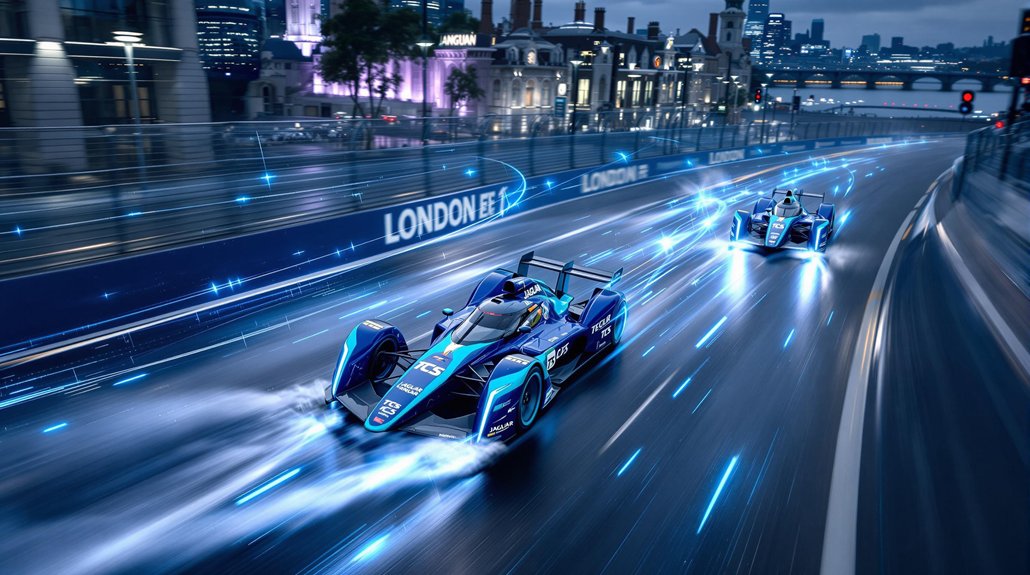Dozens of cargo ships have fallen victim to devastating lithium-ion battery fires in recent years, with the maritime shipping industry facing an unprecedented surge in such incidents. The alarming statistics speak for themselves: 65 container ship fires were reported in 2022, more than double the 31 incidents documented in each of the previous two years. Lithium-ion batteries have emerged as the primary culprit in this disturbing trend.
The maritime sector’s vulnerability to these hazards was dramatically illustrated by recent catastrophes aboard vessels like the Fremantle Highway (2023), Felicity Ace (2022), and Höegh Xiamen (2020). The Felicity Ace disaster resulted in the loss of nearly 4,000 vehicles, with the fire’s ferocity attributed directly to thermal runaway in lithium-ion batteries powering electric vehicles.
What makes these incidents particularly treacherous is the unique chemical composition of lithium-ion cells. When damaged or improperly handled, these batteries initiate a thermal runaway cascade that conventional firefighting methods struggle to contain. The process releases toxic gases and generates intense heat, overwhelming standard suppression systems designed for traditional cargo fires. These maritime fires become especially difficult to manage when EV batteries operate at high voltage ranges between 300 and 800 volts, creating additional hazards for firefighting crews.
I’ve observed that misdeclaration remains a persistent problem throughout the industry. When shippers fail to properly identify battery cargo, crews cannot implement appropriate precautionary measures, greatly elevating risk profiles during transit. Recent data indicates one container fire occurs approximately every 9 days in 2023, a significant increase from one every two weeks in 2020. The correlation between increased global EV shipments and more frequent maritime fires is impossible to ignore.
The consequences extend far beyond property damage. These incidents jeopardize crew safety, create environmental hazards from burning batteries, and disrupt maritime supply chains worldwide. Total losses like those seen with Höegh Xiamen translate to multi-million-dollar damages per incident.
The industry faces considerable challenges in addressing this growing threat. Current shipboard fire suppression systems simply weren’t designed to handle lithium battery fires, a fact that shipping companies are belatedly acknowledging. With the global Li-ion battery market projected to grow by over 30% annually through 2030, these incidents will likely become more frequent without intervention.
Without improved detection systems, safer packaging protocols, and specialized firefighting equipment, the maritime sector will continue facing escalating risks as battery-powered goods proliferate across global supply chains.
